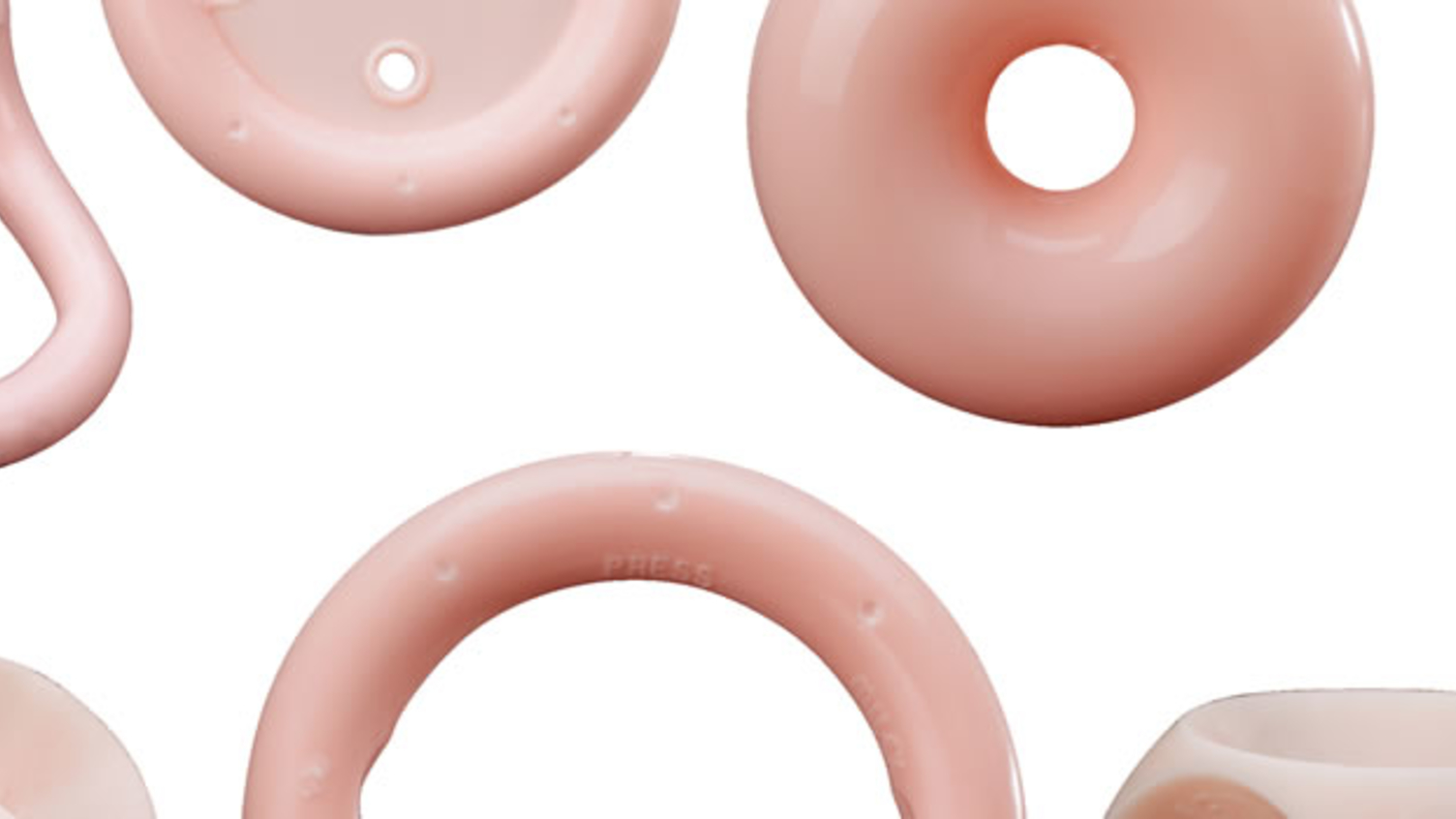Pessary use for Prolapse

About this PSP
Prolapse is a common condition affecting about 1 in 3 women who have had children but it remains a highly stigmatised condition for which many women delay seeking help. There remains a good deal of uncertainty about the best way to use a pessary for the treatment of pelvic organ prolapse. The existing evidence base for pessary use remains limited.
This PSP identified and prioritised areas of research uncertainty about the use of a vaginal pessary device for the management of symptomatic pelvic organ prolapse.
The Pessary use for Prolapse Top 10 was published in September 2017.
Top 10 priorities
- How might a pessary affect sexual activity?
- Do pessaries have an effect on the psychological wellbeing of women?
- What is important for a pessary self-management programme?
- What are the risks and complications of pessary use for prolapse?
- Are pessaries effective as a long-term treatment for prolapse?
- What is the best way to assess what type and size of pessary to use?
- What is the best way to minimise and treat vaginal discharge caused by pessaries?
- Does pessary use in prolapse have a positive impact on physical activity?
- When should oestrogen cream be used with a pessary?
- What is the ideal training to be a 'qualified' pessary practitioner?
The following questions were also discussed and put in order of priority at the workshop:
- What level of prolapse will improve with the use of a pessary?
- When is a pessary the right treatment for prolapse?
- What is the role of physiotherapy as part of pessary management for prolapse?
- Are pessaries effective in the treatment of prolapse?
- Do the risks and complications of pessaries increase with long-term use?
- What differences does a pessary make when used to treat a prolapse?
- Which pessary should be used for which prolapse?
- What should be considered when choosing which type of pessary for use in the treatment of prolapse?
- Should women using pessaries be offered supervised pelvic floor muscle exercises?
- What things make a difference to help with long-term use of a pessary?
- Is a pessary as acceptable as surgery for the treatment of prolapse?
- Should a young woman with a non-bothersome prolapse be encouraged to use a pessary to prevent future problems?
- How safe are pessaries?
- Can women be taught to manage their own pessary?
- Does the use of a pessary during or after pregnancy prevent prolapse?
Document downloads
For full details of all of the questions identified by this PSP, please see the document below.